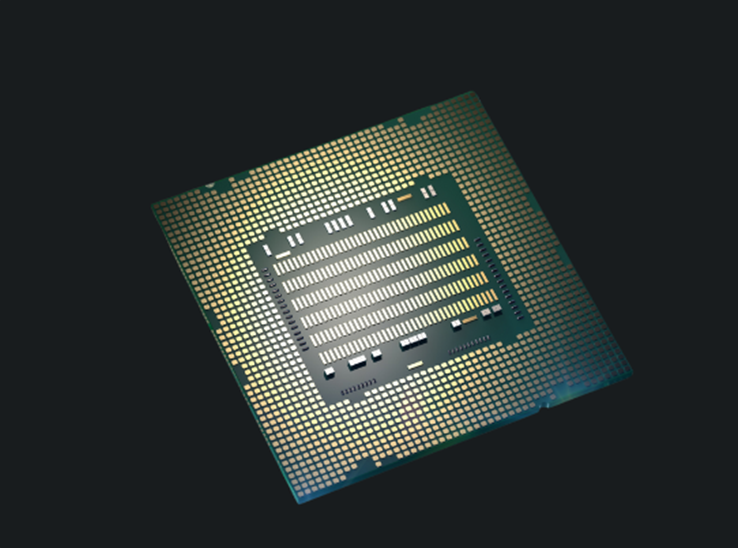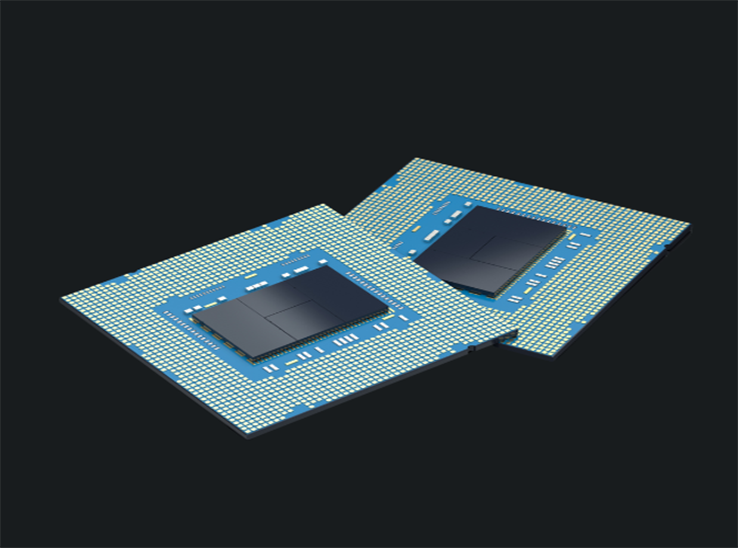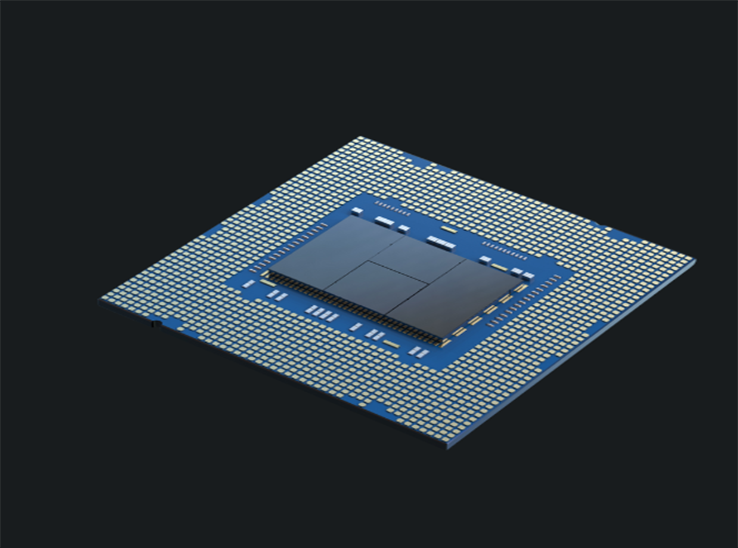ASIC/SoC Verification & Post-Silicon Testing: Meeting the Demands of Modern Designs

Introduction
The verification and testing of ASICs and SoCs are among the most challenging aspects of semiconductor development. As designs become more complex and time-to-market pressures mount, advanced methodologies and automation are essential for success.
Functional and RTL Verification
SystemVerilog and UVM: These industry-standard languages and methodologies enable thorough verification of complex SoCs.
Formal Verification: Complements simulation by mathematically proving the correctness of critical design elements.
Power Optimization and Performance Validation
Power-Aware Verification: Ensures that power-saving features do not compromise functionality or reliability.
Performance Validation: Rigorous testing confirms that designs meet speed, throughput, and latency requirements.
Post-Silicon Testing: The Final Frontier
Post-silicon testing validates the design on actual hardware, uncovering issues not detectable in simulation.
First-Silicon Success: Advanced test strategies and automation increase the likelihood of first-pass success, reducing costly respins.
Debug and Yield Improvement: Rapid diagnosis and correction of silicon issues accelerate yield ramp and product launch.
Latest Trends
Automation: AI and ML tools automate test generation, analysis, and debug.
Emulation and Prototyping: Hardware emulators and prototypes enable early software development and system validation.
Conclusion
Meeting the demands of modern ASIC and SoC designs requires a holistic approach to verification and post-silicon testing. By adopting advanced methodologies and automation, companies can deliver reliable, high-performance products that meet market expectations.
Powered by Froala Editor


